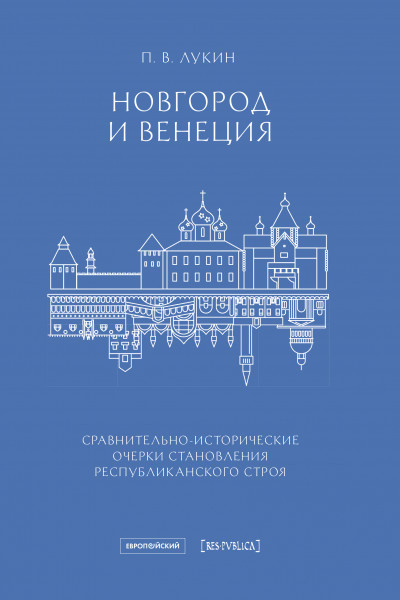
Based on rich material from various sources, this book examines the features of the political system of one of the oldest centers of Russia, the Great Novgorod, and perhaps the most legendary of Italian cities, Venice. Can the political system of the Great Novgorod be understood in a pan-European context and, above all, as a variant of the European republican urban system? Can Novgorod be considered a medieval commune? If not, why not? If yes, then in what sense? The book uses the Venetian political system as an object of comparison. The similarities and differences of the “political people,” the fate of the national assembly, legends about semi-mythical founders, and the cults of the patron saints St. Mark and St. Sophia are all examined. Venetian chronicles, the oaths of office of the Doges and the earliest surviving acts of the Venetian Republic are compared to Russian chronicles, charters and documents related to the activities of the Novgorod Hanseatic office. The most important feature of the monograph is that information about Novgorod and Venice is taken from both narrative and documentary sources and subjected to a thorough source study analysis.